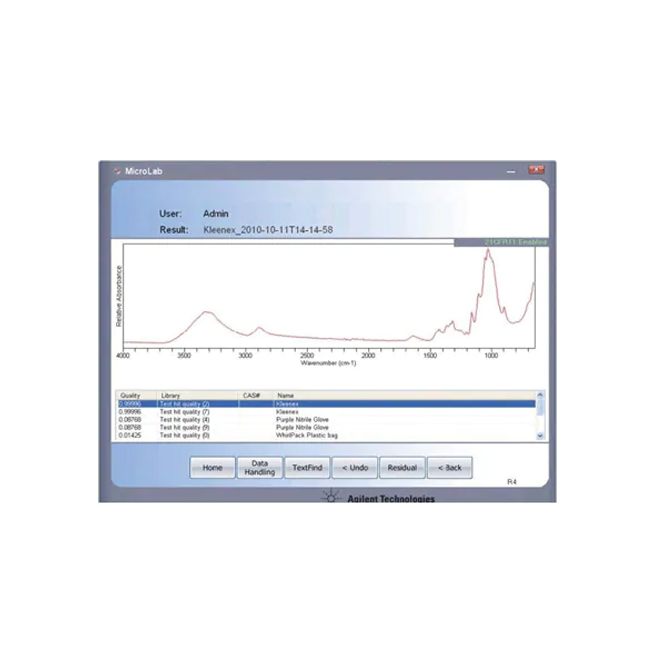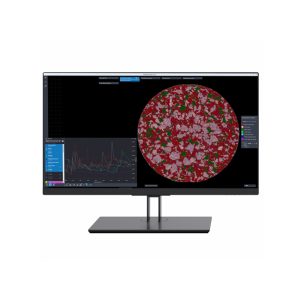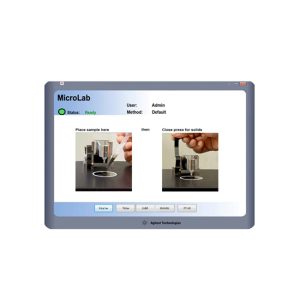FTIR Libraries for 4100/4200
Geology Diffuse Reflectance Library
260 spectra of rocks and minerals for use with the 4100 ExoScan or 4200 FlexScan Diffuse Reflectance sample interfaces.
Industrial Ores Diffuse Reflectance Library
130 spectra of ores and minerals of economic importance for use with the 4100 ExoScan or 4200 FlexScan Diffuse Reflectance sample interfaces


 Tiếng Việt
Tiếng Việt





